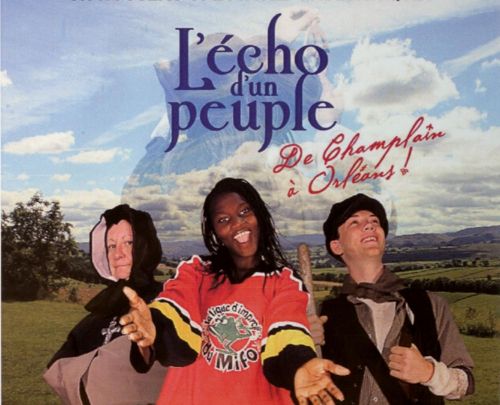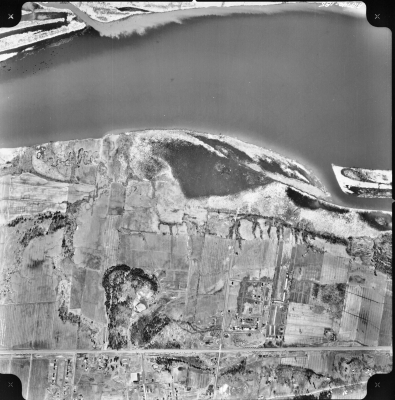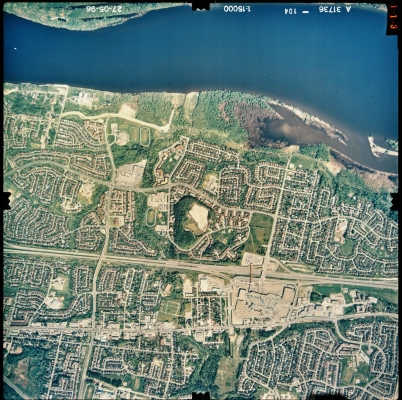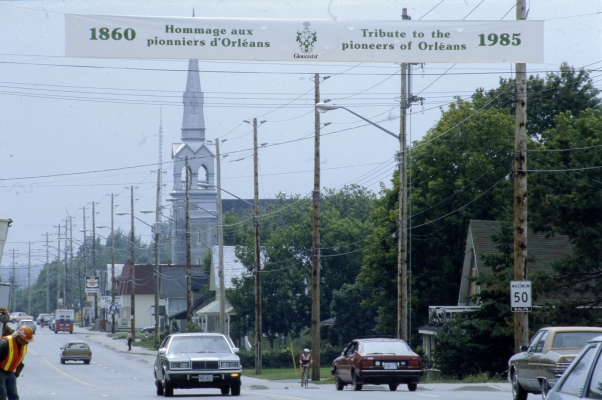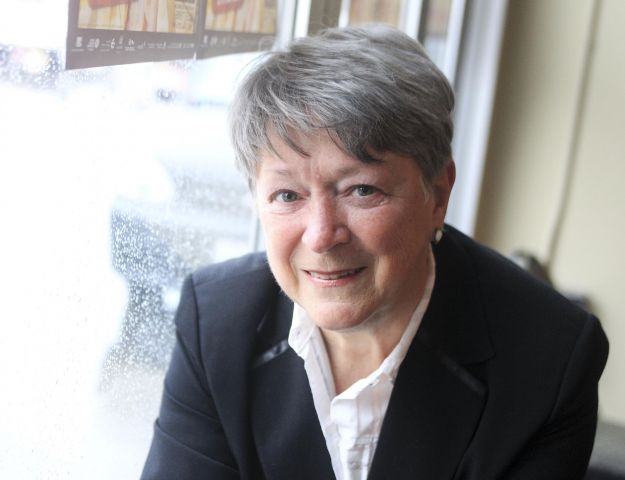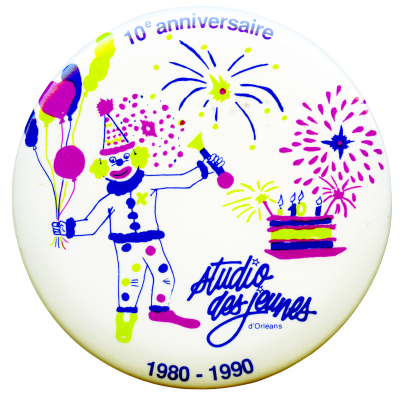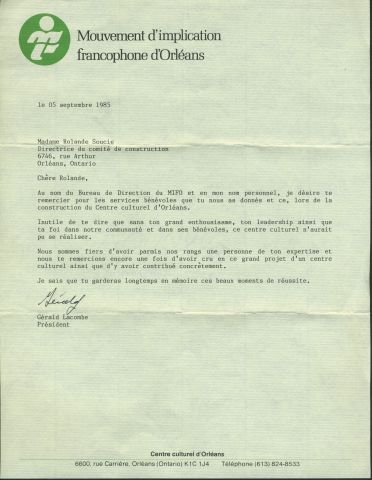Roughly fifteen kilometres from Parliament Hill, Orléans has experienced rapid expansion in recent decades. Its population grows from 6,000 in 1971 to 24,000 just ten years later. At the 2011 census, the population of Orléans totals nearly 110,000, with only one-third of the residents identifying as Francophone. Until the 1960s, Francophones were the majority. The Francophone village of yesteryear, built around the church of Saint-Joseph, has changed into a mixed suburb that evolves alongside the daily movement of residents towards jobs in the city centre. This transformation reflects a profound shift in lifestyle and values. The French-speaking area of the suburbs has little to do with the traditional bastions of the city centre.
The Francophone population of Orléans – young, educated, earning a high income – has created institutions in its image. Founded in 1979 by citizens looking for a place other than the parish to live in French, the Mouvement d’implication francophone d’Orléans (MIFO) is one example. Under MIFO, the Centre culturel d’Orléans, a multi-purpose centre which also houses the Théâtre du Village d’Orléans, the Librairie du Vermillon and the Centre Séraphin-Marion d’Orléans has developed from the modest Studio des jeunes, set up by a handful of volunteers. MIFO is credited with setting up pre-school services in regional French schools, as well as organizing exhibitions, dance performances, poetry evenings, concerts, theatre performances and film viewings. As the major force behind French programming at the Shenkman Arts Centre, MIFO has become a pivotal connection for Francophone artists from across the country.
Francophone life thrives in Orléans. A dozen French elementary schools, four secondary schools (the most recent, Collège catholique Mer Bleue, opened its doors in September 2016) and a satellitte campus of the college La Cité, are eloquent symbols of the vitality of French life in Orléans. Other examples include an initiative like the Communauté de Soccer les Étoiles d’Orléans. All its activities take place in French, including training, matches, tournaments and friendly gatherings involving parents and volunteers.
The landscape of Orléans does not, however, reflect this cultural vitality in all corners. While many French markers bear witness to the historical presence of Francophones along St. Joseph Boulevard, the indicators are much less visible further south along Innes Road, the new axis of development in Orléans. In the land of the superstore, staple of the typical North-American suburb, it is difficult to enforce the use of French.
Poster of the performance “L'écho d'un peuple, de Champlain à Orléans” (The Echo of a People, from Champlain to Orléans), presented at the Shenkman Arts Centre, Orléans, September 26-27, 2013.
Source : Société franco-ontarienne du patrimoine et de l'histoire d'Orléans, Affiche Écho (1).
